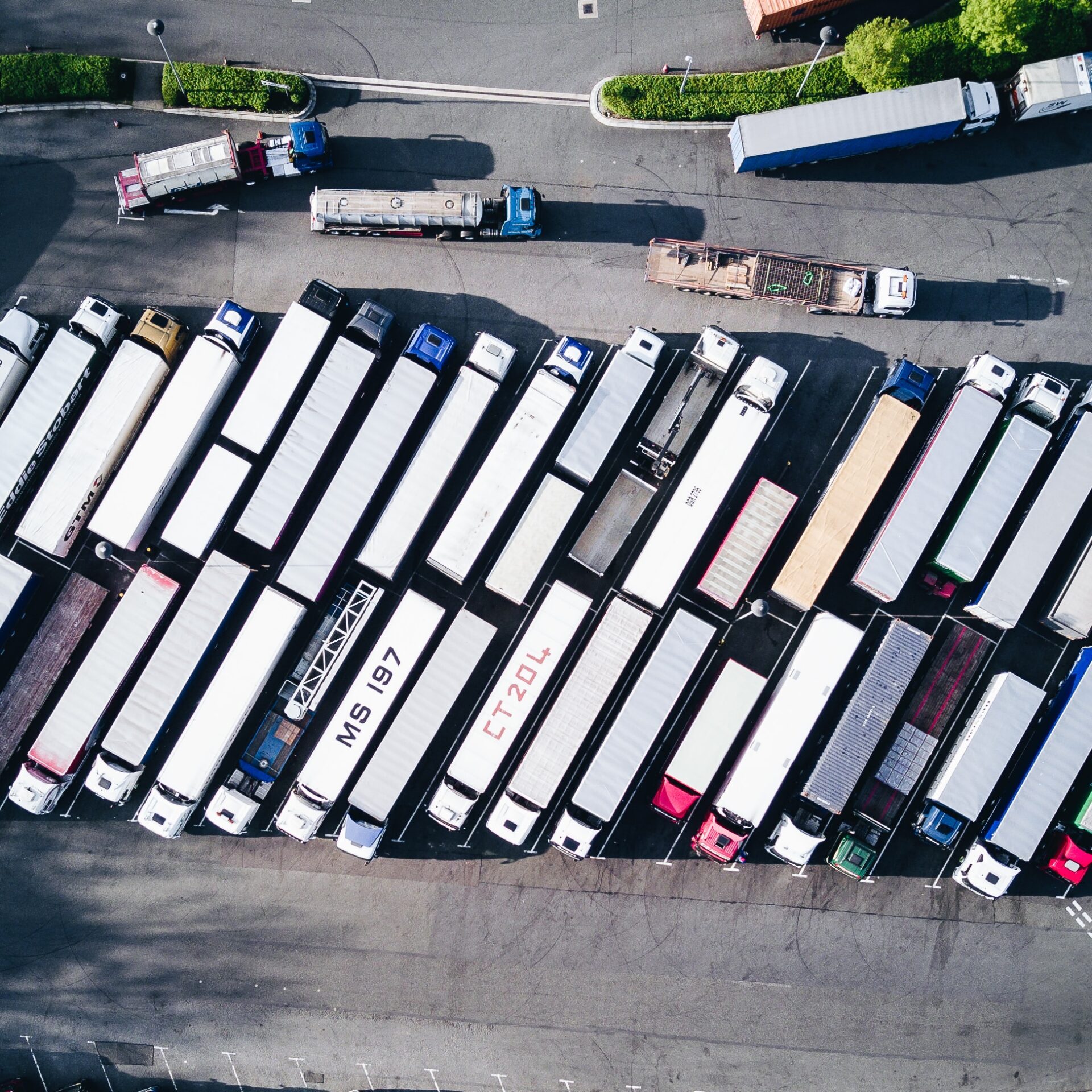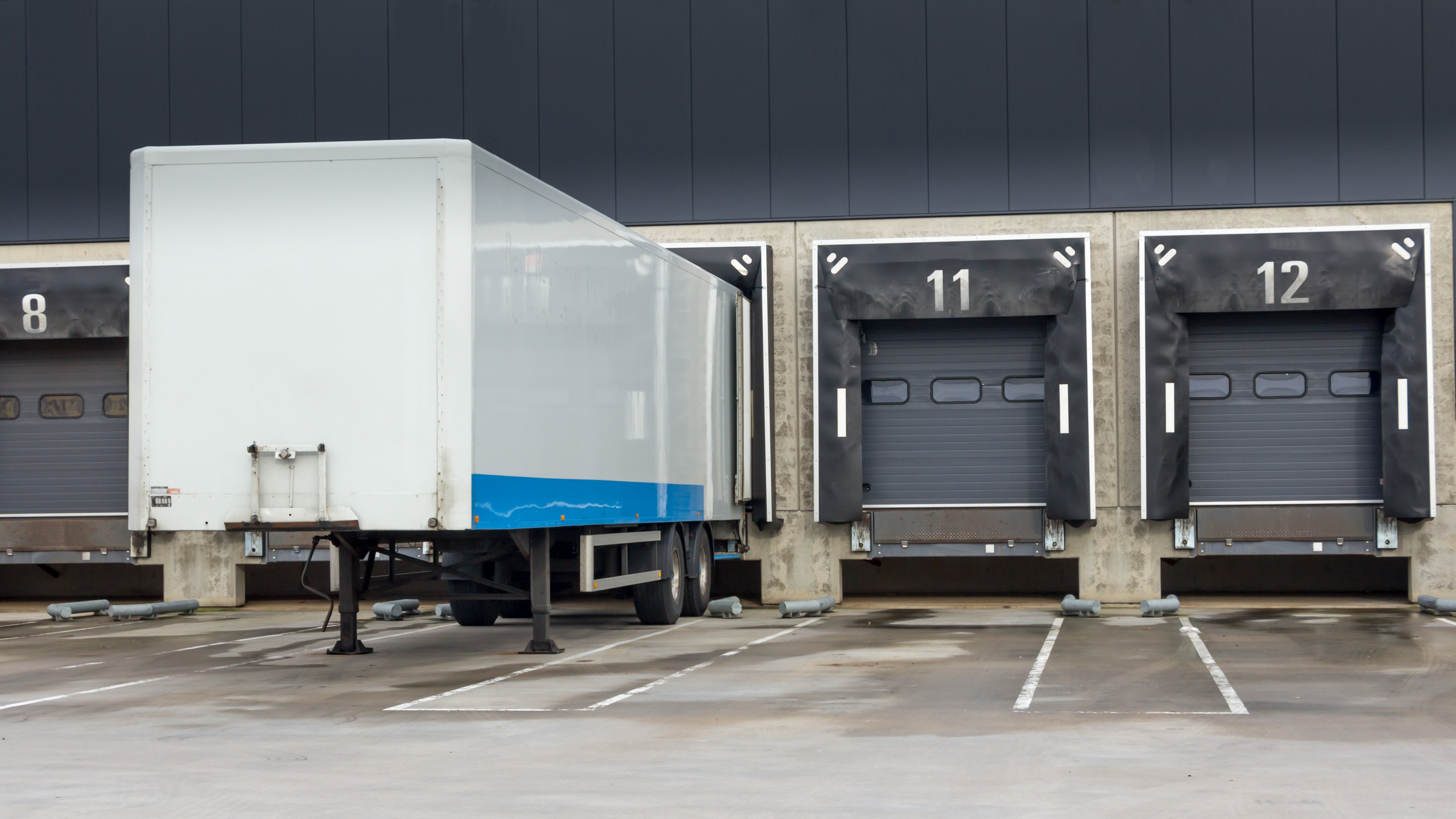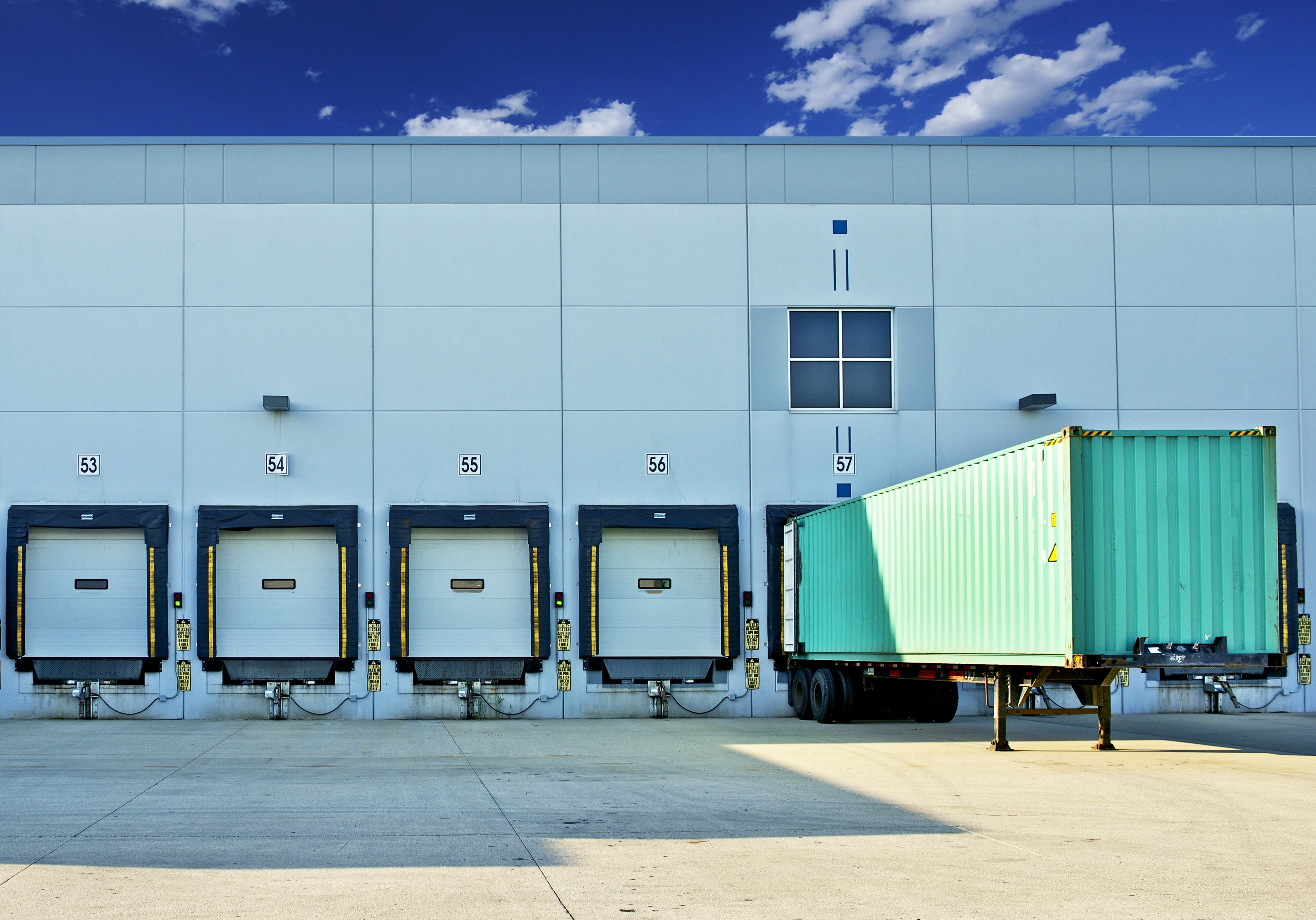Third Party Logistics (3PL) Selection

Should We Outsource Distribution?
Outsourcing distribution and order fulfilment activities is a major decision. Third-party logistics firms (3PLs) provide many advantages, but their performance will directly and significantly impact your customers’ experience. It is imperative to find a 3PL who will approach your operations with the same level of care as you do.
For companies looking to start or change their supply chains, 3PLs can provide benefits such as:
- Ready-to-use space
- Expertise in warehousing and distribution
- Efficient, well-run operations
- Geographic reach and potential network partners
- Industry experience and specialized knowledge
- Risk mitigation within a comprehensive supply chain plan
At the same time, using a 3PL means you do not directly control your operations and may result in:
- Loss of control over operations management
- Slower responses to changing products and processes or adjusting to market forces
- Extra effort to establish communication channels with the 3PL
- Limited access to data created for your distribution
- Data integration restrictions imposed by the 3PL’s IT systems
Does it make sense for you to outsource storage and distribution? If so, how do you ensure you select a suitable partner? This page will cover:
- Common reasons businesses turn to a 3PL
- How to search for and find the ideal 3PL partner to meet your requirements
Download the free eBook on selecting your ideal third party logistics.

Are You a Good Candidate for a 3PL?
1. “We’re a start-up”
As a young organization, you may not have the operational need nor the time to manage your own distribution center. Take, for example, a home goods start up that had raised significant capital through a Kickstarter campaign. The company had high initial demand and the CEO knew that managing inbound shipping containers, clearing customs and running distribution to thousands of individual online customers was not something the company could initially handle. LIDD assisted to quickly find a 3PL that allowed the startup to focus on quick and effective execution, leaving precious financial and human capital focused on growing future sales.
2. “We could benefit from being in a multi-client facility”
In addition to cutting transportation costs, many firms can achieve economies of scale from the pooling of multiple clients in one facility. Demand fluctuations and seasonality may make it inefficient for you to operate independently. A 3PL can combine the demands of multiple businesses – each with its own peaks and valleys – to attain higher labour and capital utilization rates. The accompanying savings should be passed onto the 3PL’s customers. This is contingent on 3PL performance however; if a facility is poorly designed or managed, inefficiencies and higher costs may be passed onto you.
3. “We’re an established company, but want to expand our geography or services”
A recent client, who has been in the dry goods distribution business for the last 50 years, turned to us when entering the frozen food business for the first time. While experienced in the distribution of ambient temperature products, the company sought a partner in the frozen world for the first few years of their new endeavor. A 3PL provider experienced with frozen operations could provide the right facilities, support and industry know-how.
The same concept applies when entering a new geographic region – a local partner can help navigate local regulations and certifications. Most 3PLs can also procure better transportation rates, leveraging longstanding carrier relationships and exponentially larger shipment volumes over that of a single operator.
4. “We have seasonal or unexpected peaks in demand”
Many companies face disproportionate Thanksgiving or Christmas peaks but often lack the financial justification for additional infrastructure. Instead of building additional in-house capacity, you may be able to service your operations out of a smaller facility, engaging a 3PL for a few peak weeks or months. You may pay a premium on space or labour, but it can be less expensive than sizing your infrastructure to a few peak weeks of the year.
Sometimes peaks are unexpected and a 3PL can be used as an emergency “release valve” to soak up extra demand. For example, when Air Miles announced the expiry of some of their points to their member base of 11 million Canadian households in 2016, many of them scrambled to redeem rewards as the December expiration date neared. The operator of the program was hit with a huge, unanticipated increase in orders to pick and ship. They ended up leaning heavily on their existing 3PL partner and engaging additional external space to absorb the increased inventory and larger picking operation.

How Do We Pick a 3PL?
If you decide to work with a 3PL, you’ll need to pick the ideal partner to meet your business needs. Here’s how to think through the marketplace and find the right match for you.
1. Know the Market
There are different kinds of 3PLs serving different customer segments. One main split is between large national or multi-national companies and regional firms.
A. NATIONALS OR MULTI-NATIONALS
- Many facilities, some for single-clients only
- Available capital to build single-client facility if required
- Attractive transportation rates; large volumes shipped means steeper discounts from carriers
- Expect high quality IT platforms
- Consistent service levels across locations (unless they are rebranding purchased facilities)
- Risk of being a small fish in a big pond
- Low flexibility in their operating models; any deviation can be expensive
B. REGIONAL PLAYER
- 1-3 facilities, each for multiple clients
- Likely to receive customized attention from management
- Greater operational flexibility
- More room to negotiate costs as they will be eager to win your business
2. Identify Potential Partners
Identify potential providers and reach out. Cast the net wide, then narrow down your options using key factors you cannot compromise on. What’s critical for any given company can vary widely, however first round questions should focus on:
A. GEOGRAPHY
Pick firms with locations that align with your distribution needs and future plans. These may or may not be close to your current location.
B. CAPABILITIES
Can a firm complete the basic tasks you require? If you are looking for ambient temperature “each” or case picking, there are a lot of 3PLs that could meet your needs. If you have specialized requirements for your operations – such as cold chain capabilities for each picking, complex kitting, or other value-added services – this will limit the number of potential partners
C. REPUTATION
Speak to people in your network and find firms that have good reputations.
3. Sign Non-Disclosure Agreements
It certainly isn’t required, but it’s very common for companies to ask 3PLs to sign non-disclosure agreements before commencing serious discussions. Get started on this early so that the right documents are signed before it’s time to dive into the details.
4. Prepare a Request for Proposal
After your initial screening, prepare and issue a Request for Proposal (RFP) document to a set of potential partners. Approaching this formally will force you to organize your thoughts on exactly what your operation requires. You’ll put your best foot forward to potential partners and get a chance to see how eager they are for your business. How both parties act in the selection process is indicative of how they’ll behave once a partnership begins.
The RFP has four main components:
A. Overview of the selection process
B. Explanation of your business and needs
C. Questions for the potential 3PL partners
D. Pricing
A. OVERVIEW OF THE SELECTION PROCESS
Explain how you plan to run the selection process. Key elements include evaluation criteria and a timeline highlighting the response due date, provider selection date and when you expect to begin integration with a new partner.
B. EXPLAIN YOUR BUSINESS NEEDS
Tell potential partners about your organization and exactly which services you are looking to hire. It is important to explain your operation accurately in language and numbers that 3PLs can understand. They will use this information to model labour & space requirements and, by extension, develop their pricing. Describe the following:
- Type of business – industry and sales channels you sell into
- Number and type of products
- Typical customer categories and locations
- Typical supplier categories and locations
- What you need done, such as:
- Receiving
- Storage and inventory control
- Picking and packing
- Shipping
- Special requirements that need to be met such as pharmaceutical health and safety standards, cold chain requirements, kitting, gift wrapping or other special packaging, lot management, inventory rotation etc.
- Lay out the volume in meaningful terms. If your business experiences significant volume swings throughout the year, you should provide data points for both average and peak periods. The 3PL will require information to adequately gauge:
- Labor necessary to fulfill an order – an average order will need to be described in terms of lines, item quantities, weights & volumes and daily order quantity.
- Labour at receiving – define inbound volumes in terms such as the number of purchase orders received and the typical volume of merchandise per purchase order.
- Storage requirements – define typical inventory levels. Explain how many products you usually have on hand and how much stock you keep per item.
- Growth projections throughout the anticipated duration of your partnership. How do you envision growing or changing, particularly in terms of volume, product offering and sales channels?
C. QUESTIONS TO ASK A 3PL
Now, it’s time for the 3PL to shine. Get to know your potential partners by asking qualitative and quantitative questions. Ensure discussions involve the people you’ll be working with – the efforts and expertise of the sales team may differ from those on the floor.
Begin with the basics:
- What is the company’s history?
- Where are they located?
- Who are their current customers?
- Are there any legal skeletons in the closet?
Get details about the facility or facilities that you would be occupying and the management in charge:
- How big is the relevant facility in terms of square footage and storage capacity? How does inventory volume compare to its gross capacity? Typically, we consider a warehouse to be full if its inventory volume is at roughly 85% of its gross capacity. Additional inventory beyond this will incur efficiency and productivity penalties.
- How do your volumes compare to the rest of their clients? An ideal partner should have a history handling order volumes higher than yours. If your volumes are, say, double that of their typical customer, they may stumble while ramping up their operations. Are they already shipping to your retailers or customers? If so, are the shipment volumes and complexity similar to yours?
- Do they currently own and deploy storage types and material handling equipment relevant to your operations? To judge the responses, you need to have a good idea of your operational requirements in terms of picking (by units of measure such as pallets, cases, eaches) and other services expected.
- Are detailed procedures in place for all required activities? This will allow you to check the efficiency of their processes and confirm their ability to perform specialized operation.
- What are the qualifications of the people who would be involved in the day-to-day handling of your account?
- How do they conduct and track employee training? If the company takes the time to document training procedures and maintain adherence, their employees are less likely to damage your product during picking and packing.
- What information technology infrastructure do they currently have in place, e.g., WMS or ERP? RF guns or voice picking? How will these systems integrate with your systems? It is vital that a 3PL’s IT infrastructure is capable and up-to-date.
- What reports and information do you and your customers have real time access to? This is especially important for e-commerce, where customers expect real time information on product availability and delivery tracking.
- Which facility would you be operating in? Was this facility purchased and rebranded? If so, who is managing it? Does this facility share the same IT infrastructure as other facilities? Large 3PLs may purchase and rebrand entities as their own. These facilities will require greater scrutiny to ensure your operations will be run by experienced management and capable technology systems rather than a legacy provider that is still onboarding.
You might wonder why you should care about how the 3PL runs their operations internally. If the set-up of their warehouse is not suited to your operations, e.g., your business requires split case pick in a mostly pallet pick facility, they are going to be wildly unproductive when picking your orders.
Someone has to pay for this inefficiency, and it will be your business getting charged higher rates to ensure they can sustain a profit.
D. COSTS
Now to what you really care about: how much is this going to cost?
Pricing questions should cover several areas:
- Warehousing costs (storage and packing)
- Additional fees or services
- Shipping costs (transportation rates)
Most firms adhere to one of the following pricing methodologies:
- Fixed Price By Transaction – Each inbound and outbound task is charged individually in conjunction with storage and often a host of management & special fees.
- Fixed Price By Order – Every order is charged the same fee regardless of size.
- Variable Price By Order Value – The fee charged is dependant on the order’s retail price. This method has a certain simplicity to it but is decoupled from distribution costs and therefore not a good choice in most cases.
- Cost Plus – The fees are the costs to run the operation plus a set margin. This is generally reserved for single-client facilities as splitting costs across multiple customers is difficult.
Transportation rates vary by 3PL and are based on each provider’s own total volume and negotiated rates. Some 3PLs add a handling fee as a percentage of transportation costs; others treat transportation as a pass-through. A 3PL can beat down their warehousing and picking costs, but if they can’t secure a great rate with carriers, it will be difficult to remain competitive.
When you ask for pricing you can either dictate which methodology you want or allow potential partners to express their own pricing methods. Regardless, model the responses on an annualized volume to compare apples to apples.
5. Assess the Responses
Review and evaluate the submissions. If a 3PL’s responses are vague or poorly written, consider how this attitude may carry over into managing your operations. Don’t hesitate to reach out if you need any answers clarified – exercising caution at this stage can prevent future difficulties and disruptions. Narrow down your list to two or three finalists to visit.
6. Look Under the Hood
For your top candidates, set aside half a day to walk through their facility. This will give you the opportunity to see them in action, clarify aspects of their proposal and view their software & reporting capabilities. You will also have a chance to meet the people who will be most involved with your account. Good partnerships are built on the foundation of a solid relationship: Is the 3PL willing to make a leap of faith with you where others would be cautious? Do you get along well with management? Are your values aligned?
Ask for references from current clients similar in scope and size to your business and call them. What has their experience been like so far? How long have they been with this 3PL? What do they wish was different?
7. Get Hitched
Now that you have a detailed understanding of each finalist, select the best partner for your business. Negotiate a contract and sign all necessary documentation to begin integration. Your team should be ready to work actively with a project manager from the 3PL throughout onboarding.

On Boarding
1. Project Plan
With help from the project manager, create an exhaustive tasks list detailing:
- Defined goals and deliverables from the 3PL
- Responsibilities of each team
- Key milestones
- Go/no-go decision points
- Costs
- Training
- Migration strategy
- Other related tasks
Once all tasks and deliverables have been organized into a formal project plan, you will need to integrate your operations.
2. Operations Set-Up
Communicate all your activities clearly and validate necessary features. Use process flows to describe all normal operations, exceptions, data requirements, technology interactions and specific configurations or modifications. Ask the 3PL for details on:
- How they handle specific configurations or modifications to their technological and physical infrastructure
- Which storage types & material handling equipment they possess
- How they accommodate peak weeks & sudden operational changes
3. Integration and Training
Your team and the project manager will oversee specific deliverables identified in the project plan and procure process-specific test cases (i.e. testing the efficiency of picking and or exception handling). Have both parties approve the test cases and begin training.
Start by training super-users (managers). Ensure super-users understand processes in detail as they will be responsible for training the rest of the team. Schedule frequent training sessions and create training manuals as reference points. Once all tasks and training have been completed, your 3PL is ready to start operations.

Final Thoughts
You’ve picked your ideal partner, negotiated a solid contract, completed integration and are running operations smoothly. While it may seem like your distribution is set, fight the temptation to set it on cruise control.
- Monitor operations frequently to ensure activities continue to function well, inventory levels remain sufficient and any errors or issues are caught as quickly as possible.
- Establish regular check-in times to:
- Provide adequate notice of new SKUs or promotions and allow the 3PL to proactively organize themselves
- Review any customer service issues
This relationship is a two-way street; it must be mutually beneficial, or it cannot be sustainable. However, the onus is on you, the client, to prioritize your interests and continuously monitor the 3PL’s performance.
You’ve invested significant time and effort to ensure a great experience for your customers. Your 3PL acts an extension of your business and should be held to the same standard you hold yourself to – don’t accept any less.
About the Author
Jasmine Joseph, Project Manager
Jasmine works with operational data to drive strategic recommendations and improve warehouse and/or network operations for companies in retail, manufacturing and distribution sectors. She has successfully managed projects that help companies grow their business and deliver mandates on time. Jasmine holds a degree in Mechanical Engineering from University of Toronto.
Related Content
Related Services
